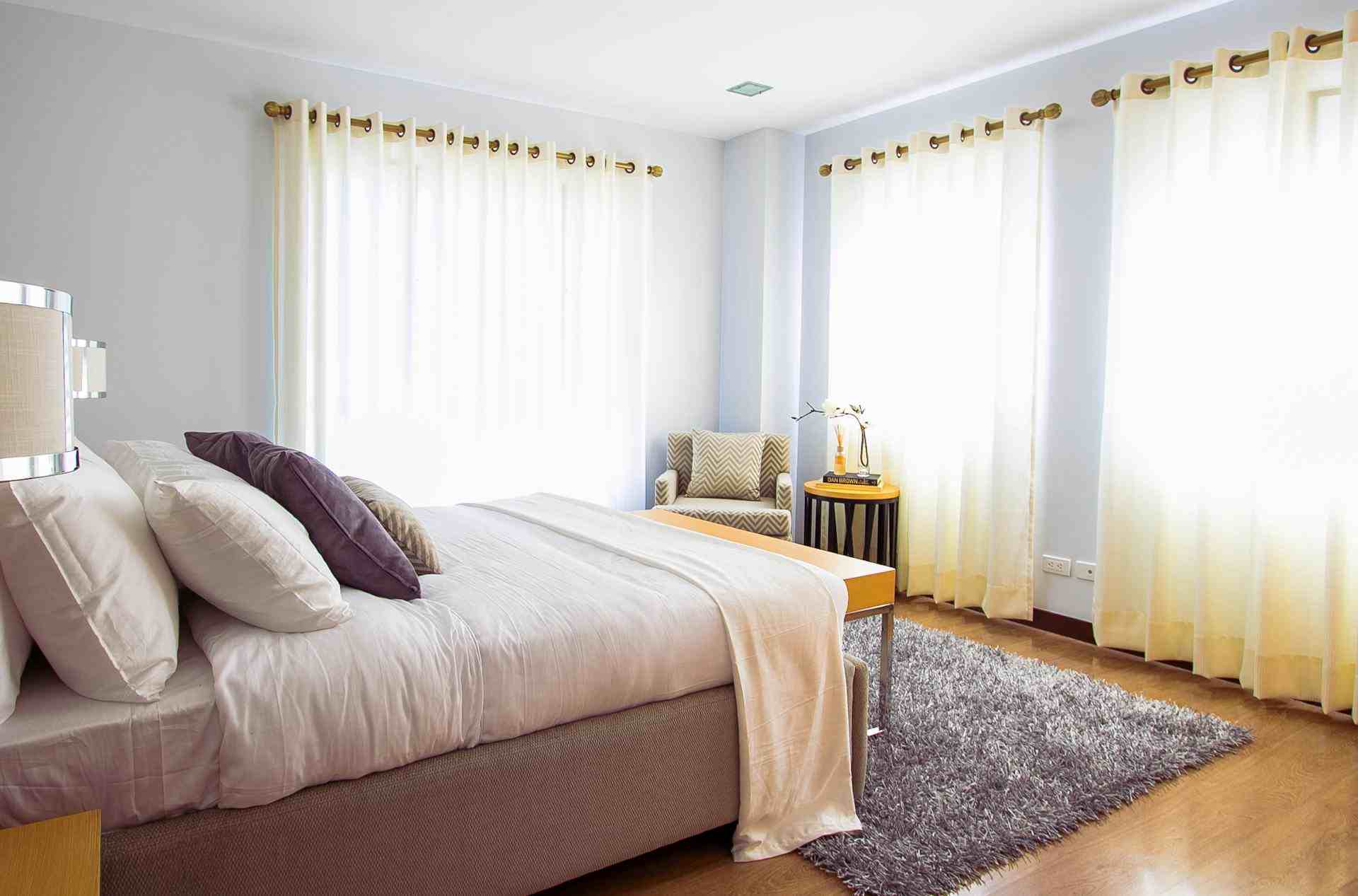Redesigning a primary bedroom can transform how your home feels day to day. This room should offer more than a place to sleep—it’s where you wind down, get ready, and begin each morning. A thoughtful redesign can make it more functional, more comfortable, and better suited to your needs.
Unlike shared spaces such as kitchens or lounges, the bedroom reflects personal style more directly. That gives you the freedom to create a setup that fits your habits and preferences without worrying too much about guest approval. Still, it’s easy to get caught up in trends or aesthetics and overlook practical choices.
Whether you’re reworking the space for comfort, a better layout, or a style refresh, it helps to focus on the features that impact your daily life most. That starts with the one item that defines the room’s purpose: the bed.
Start With the Bed
The bed is the centrepiece of your bedroom, both visually and in terms of function. How well you sleep affects everything else, so this is the most important item to get right. While it's tempting to go for something that simply looks good, comfort and long-term use matter far more.
If you're planning to replace your mattress, it’s a good idea to refer to a mattress buying guide to help narrow down the right type for your sleeping style, budget, and space. With so many materials and firmness levels available, a structured guide can help you make a decision that supports better sleep.
You’ll also want to think about mattress size, especially if you share your bed. A cramped mattress affects sleep quality more than many realise. Take room size into account too; the bed shouldn’t dominate the entire floor area.
Once you’ve chosen a mattress, consider the bed frame. Platform beds, storage beds, and traditional bases each offer a different benefit. If your room lacks storage, a bed with built-in drawers may help reduce clutter elsewhere.
Matching the frame to the room’s style and scale creates a more cohesive look and supports good flow in the space. Choose something sturdy and easy to assemble or move if needed. Durability should take priority over short-term style trends.
Choose a Functional Layout
Once the bed is sorted, think about how the rest of the furniture fits in. A good layout makes it easy to move around and use the room without obstruction. You shouldn’t have to squeeze past dressers or bump into side tables just to open a wardrobe.
Leave space on both sides of the bed, if possible. It makes daily routines like making the bed or charging your phone much easier. If you're adding extra seating or a vanity, make sure they don’t block access to storage or windows.
Even a small change, like shifting the bed to a new wall or removing one piece of furniture, can improve the way the space flows. It’s about getting the balance between open space and useful furniture right.
Lighting Matters More Than You Think
Lighting plays a bigger role in a bedroom than most people realise. It sets the mood and affects how functional the space feels throughout the day. A single overhead light might be enough to brighten the room, but it won’t create a calm or flexible setting.
Think about using a mix of lighting sources. Ceiling fixtures offer general light, while table lamps or wall-mounted lights near the bed work well for reading. Accent lighting, such as small shelf lights or dimmable bulbs, can help create a softer feel in the evening.
Natural light matters too. If the room gets good sunlight, use that to your advantage. Opt for adjustable curtains or blinds that allow you to control how much light comes in. Thicker curtains can also help block out early morning light if you need more rest.
Good lighting adds comfort, but it also supports your daily routines—from getting dressed to winding down.
Focus on Storage That Works
Clutter builds up fast when storage isn’t planned properly. In a bedroom, the goal should be to keep everything you need close by without feeling cramped or messy. That starts with choosing storage that fits the space and your habits.
A built-in wardrobe is ideal if you have the space for it. It can house everything from clothes to seasonal items. If that’s not an option, look for freestanding wardrobes or modular storage that fits neatly into corners or unused walls.
Bedside tables with drawers help hide away small items. Under-bed storage is a smart way to make use of space that often goes wasted. Use it for items like extra bedding, shoes, or boxes that don’t need daily access.
The less clutter you see, the more peaceful the room feels. Choose storage that works hard without taking over the space.
Pick Colours and Textures That Promote Calm
The right colours and textures can change the way a room feels. Bedrooms benefit from soft tones and materials that help create a restful setting. You don’t need to stick to plain white, but bold, busy patterns or bright colours might make it harder to relax.
Soft greys, greens, creams, and blues often work well. They offer warmth without feeling too heavy. If you prefer a darker palette, use it in accents, such as bedding or cushions, rather than on every surface.
Add texture with a rug, throw blanket, or fabric headboard. These touches help the room feel more complete without making it too busy. Bedding should feel soft and breathable, with layers you can adjust depending on the season.
Comfort doesn’t come from colour alone—it’s how the space looks and feels together.
Add Personal Touches Without Clutter
A bedroom should reflect your personality, but that doesn’t mean it needs to be filled with things. A few well-placed items go further than filling every shelf or wall.
Hang one or two framed photos or pieces of artwork that mean something to you. Add a plant if you like greenery, or use a decorative bowl or tray on the bedside table to hold small items. Keep most surfaces clear to help the space feel calm and easy to use.
Personal touches should support comfort and bring a sense of calm, not compete for attention.
Redesigning a primary bedroom isn’t about following rules—it’s about creating a space that fits your life. The right bed, layout, storage, lighting, and colours all play a part in how the room works and how you feel in it. When each element serves a purpose, the result is a bedroom that feels both personal and practical, exactly how it should.






